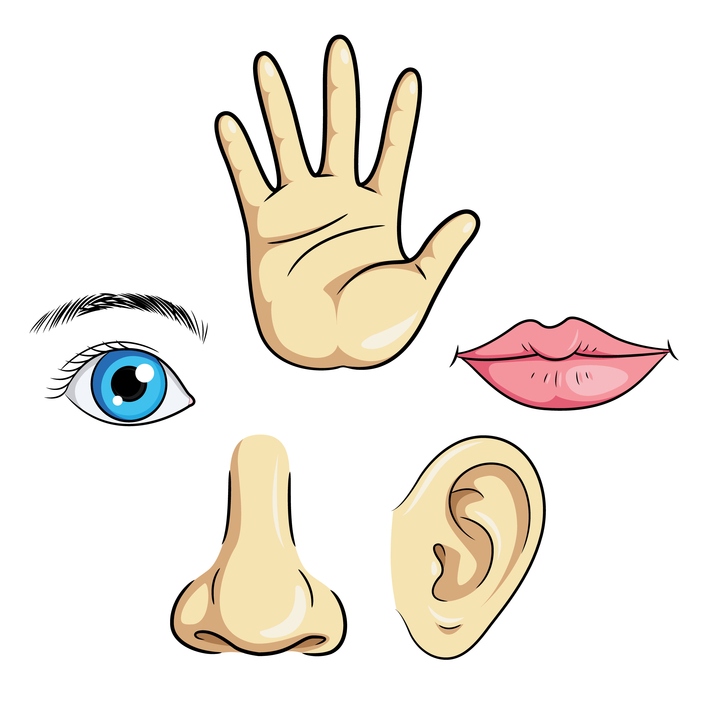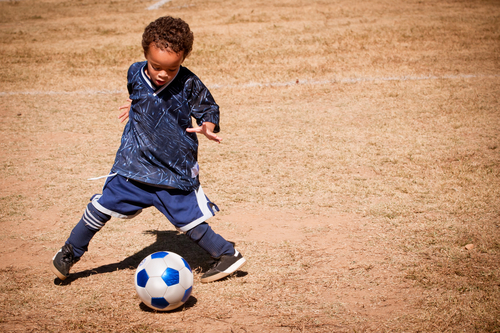Handling Social Anxiety for Self-Fulfillment
I’m emailing with Kris Jones, an eloquent writer on Linkedin about his Asperger’s Syndrome. We’re talking about the stressors he experiences that can create extremely self-limiting anxiety. We’re going to use several blogs to talk about different stressors. Kris’s first stressor was his lack of self–fulfillment. One of the causes of this lack of self-fulfillment was Kris’ social anxiety.
Tony Attwood, expert on Asperger’s Syndrome, suggests that around 65% of adolescents with Asperger Syndrome have a secondary mood or affective disorder (such as depression or anxiety); most have anxiety.
Kris describes his thoughts and feelings which I’m calling social anxiety like so: “No one likes you. No one wants to know you. You are not interesting. Stay where you feel most comfortable – inside your house and away from others. You are not fit to be out there amongst the human race.” He says that this is representative of how he feels and it is what keeps him from going out and mingling with others his age. Even though he knows these thoughts about himself aren’t true, he can’t get past the anxiety.
Let’s break this down into parts. What causes this social anxiety?Continue Reading
Dr. Marcia Eckerd has been in practice as a licensed psychologist since 1985. I am on the CT ASD Advisory Council and the Clinical Advisory Committee of the Aspergers/Autism Association of New England, as well the professional advisory board of Smart Kids with LD. Aspergers101 is honored to offered the knowledge and experience of Dr. Eckerd through her informative blogs!










